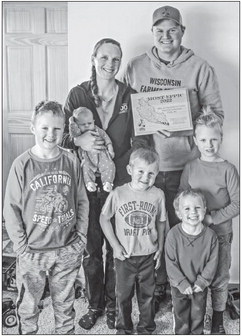Stewards of the


Land
Local farming family recognized for conservation methods
Five years ago, Mike and Gina Redetzke took a spring ATV ride th...


Land
Local farming family recognized for conservation methods
Five years ago, Mike and Gina Redetzke took a spring ATV ride th...